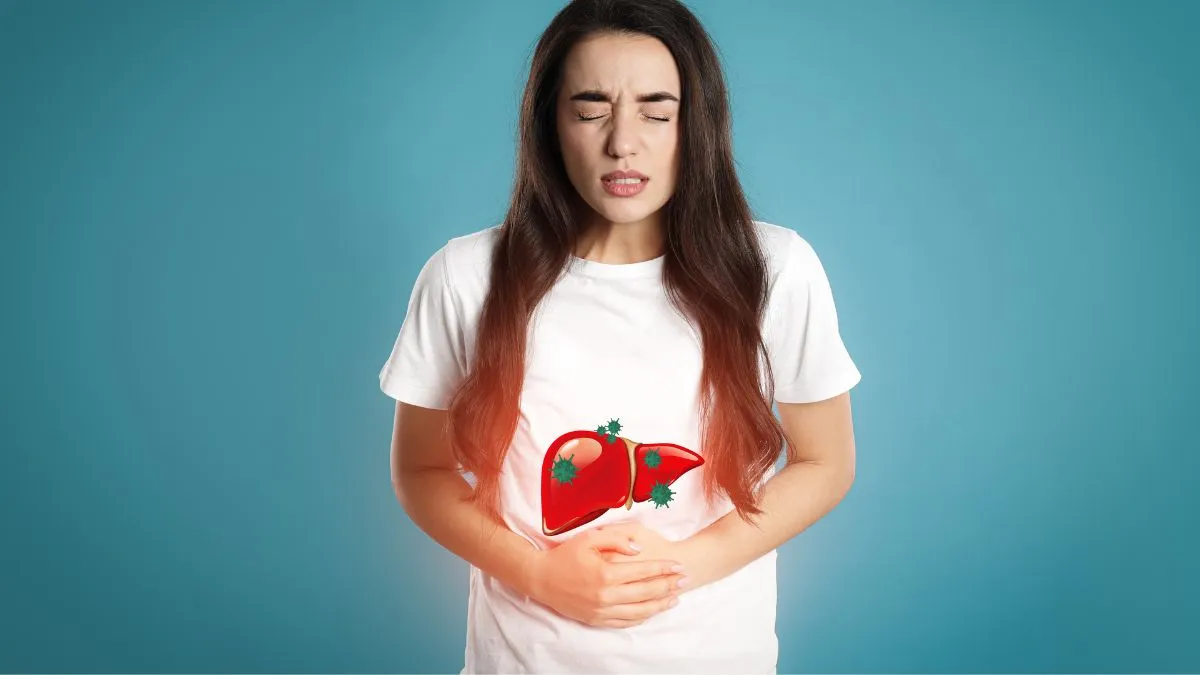Viral hepatitis and metabolic liver disease are emerging as twin threats to India’s public health, especially among the nation’s younger population. While traditionally considered separate concerns, recent evidence shows these conditions are increasingly overlapping, creating a dangerous synergy that accelerates liver damage. Hepatitis viruses, ranging from waterborne Hepatitis A and E to bloodborne Hepatitis B, C, and D, continue to affect millions. At the same time, lifestyle-driven metabolic disorders like obesity, diabetes, and Metabolic Associated Steatotic Liver Disease (MASLD) are appearing earlier in life, even among teenagers. The convergence of these two health burdens is not just coincidental; it represents a syndemic, where one condition worsens the other, leading to faster progression toward cirrhosis, liver cancer, and premature mortality.
India’s youth are now at the centre of this growing crisis. Shifts in diet, reduced physical activity, and rising obesity rates are making young livers more vulnerable to long-term damage. This dual assault is particularly concerning because early-stage liver disease often goes unnoticed, progressing silently until it becomes life-threatening. In conversation with The Daily Jagran, Dr. Varun Teja, MD, DM (Madical Gastro), Consultant Medical Gastroenterologist, Apollo Hospitals, Visakhapatnam, shares the reasons behind the condition and convergence in today’s India.
Five Viruses, Distinct Pathways
Hepatitis A and E are transmitted primarily through contaminated water or food and often resolve with supportive care. Hepatitis B, C, and D spread through blood, unsafe injections, or maternal transmission and often result in chronic liver damage.
Dr. Varun Teja states, “India introduced the Hepatitis B vaccine into its Universal Immunisation Programme in 2007. Hepatitis C is now curable through direct-acting antivirals.” Hepatitis D, a dependent virus, is controlled through Hepatitis B vaccination. Meanwhile, preventing Hepatitis E still hinges on public sanitation infrastructure, especially during monsoons.
According to the Indian Council of Medical Research, around 3.7 per cent of Indian adults live with chronic Hepatitis B infection, amounting to more than 40 million individuals. Hepatitis C affects an estimated 6 to 8 million, with concentrated risk among dialysis patients and those exposed to unsafe blood transfusions.
ALSO READ: Living With Chronic Hepatitis? Doctor Reveals How Simple Daily Choices Can Protect Your Liver
Emerging Risk Among Youth
Among school-aged children, Apollo data shows 8 per cent are overweight or obese. In college-aged individuals, this rises to 28 per cent, with 19 per cent showing pre-hypertension.
The Comprehensive National Nutrition Survey reports that 17 per cent of adolescents are overweight or obese. A 2024 PGIMER study found that 9 per cent of adolescents already exhibit hepatic steatosis, rising to 70 per cent among obese youth. The metabolic risk curve is now bending earlier than ever.
Converging Viral And Metabolic Risks
Metabolic disorders such as diabetes and obesity are increasingly found in patients with chronic viral hepatitis. Dr. Varun Teja mentions, “Their convergence sharply accelerates liver fibrosis, cirrhosis, and even cancer.” Research from SGPGIMS indicates that individuals with liver fibrosis face a three- to fourfold increased risk of developing cancers, including hepatocellular carcinoma. This confluence reflects not just co-morbidity but a syndemic—a mutually reinforcing disease network.
Recalibrating Liver Health Strategy
Immunisation And Sanitation
The Hepatitis B vaccine remains pivotal, yet national data shows birth-dose coverage at just 55 to 60 per cent. Coverage remains uneven, especially in rural areas. For Hepatitis A and E, durable prevention depends on water security, sewage infrastructure, and hygiene behaviour.
Strategic Screening
Silent progression of Hepatitis B and C necessitates screening for high-risk groups: adults over 30, pregnant women, dialysis patients, and healthcare workers. MASLD screening requires imaging, as liver enzyme levels often appear normal in early stages.
Viral Hepatitis And Metabolic Liver Disease (Image Credits: Canva)
Therapeutic Access
India now offers affordable curative treatment for Hepatitis C through generics. Chronic Hepatitis B can be managed long term using antivirals like tenofovir and entecavir, available in several state-run programs. Hepatitis A and E require supportive care, making prevention paramount.
Metabolic Intervention
Reducing body weight by 5 to 10 per cent can reverse MASLD in its early stages. Public health models should incorporate structured dietary plans, exercise routines, behavioural counselling, and pharmacological adjuncts where necessary.
Transformative Possibility
The challenges of viral and metabolic liver disease are formidable. Yet, early signs of progress offer a roadmap forward. Emerging models of integrated care, preventive screening, and digital health innovation are already delivering tangible improvements.
Initiatives like Apollo’s ProHealth initiative report tangible outcomes: a 59 per cent reduction in HbA1c, a 51 per cent drop in blood pressure, and 47 per cent average weight loss. Although conducted in a controlled clinical context, the outcomes are instructive.
ALSO READ: Hepatitis Myths Busted: Doctor Shares Facts About Liver Health That You Must Know
Preventive screenings in India have surged by 150 per cent since 2019, supported by the Ayushman Bharat Digital Mission and expanding telemedicine networks. This momentum must now be directed toward liver-specific risk identification and management.
India’s response to liver disease must shift from fragmented interventions to an integrated strategy. Immunisation, metabolic control, water infrastructure, and screening must operate in tandem. Gender- and age-specific interventions are no longer optional.
The data is unambiguous. Science is available. What remains is committed, coherent implementation. Liver health must be positioned not as an auxiliary target but as a primary public health objective.
